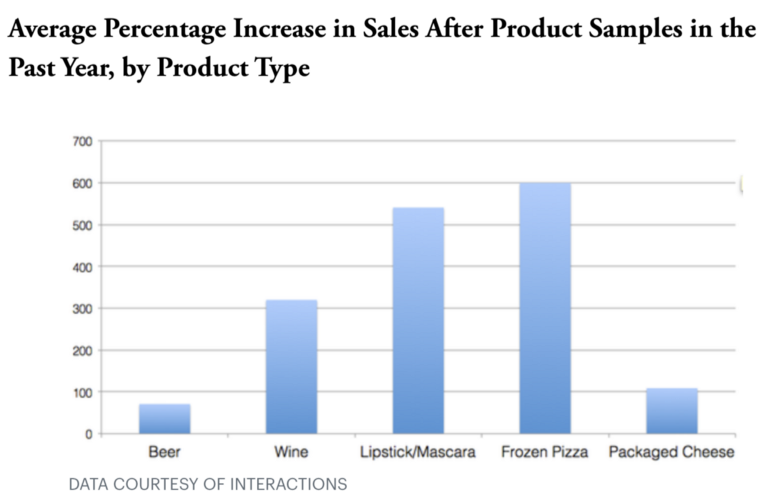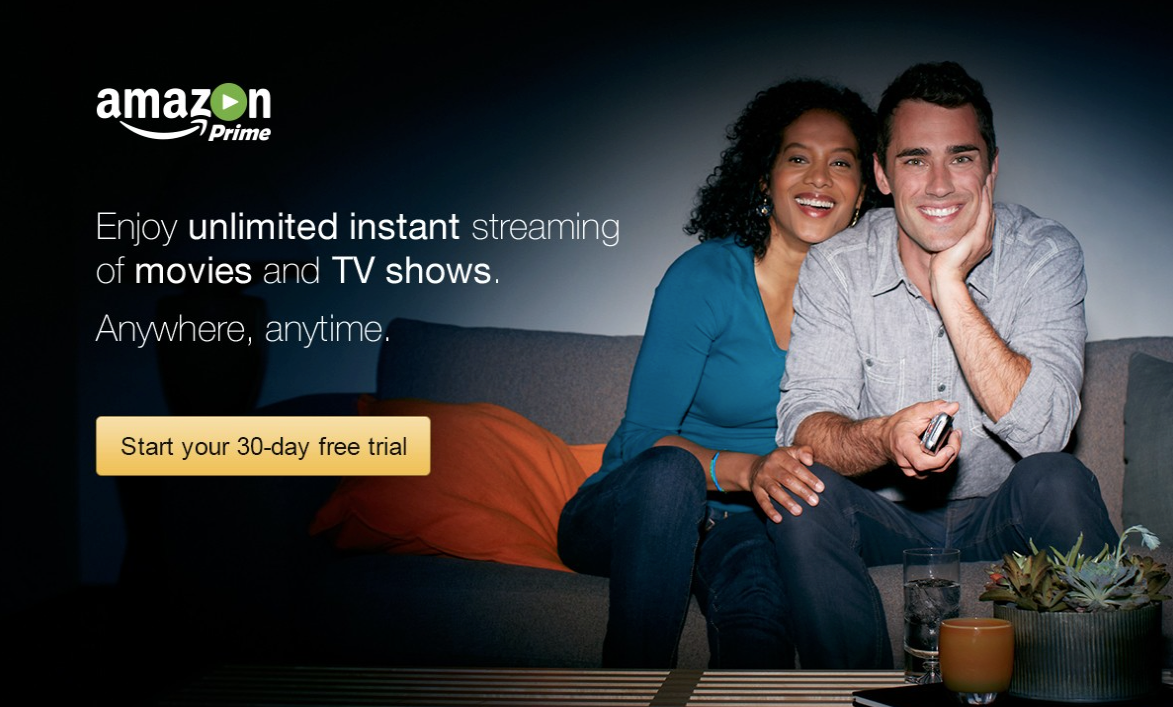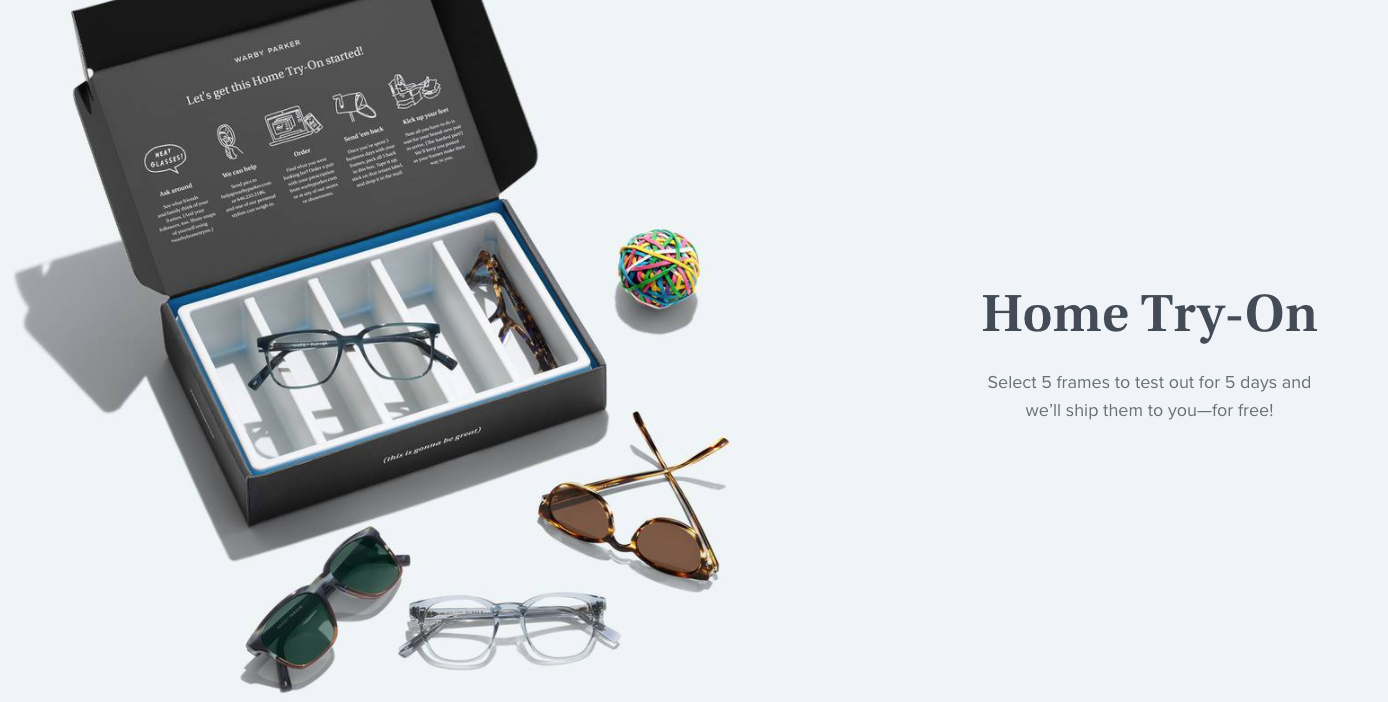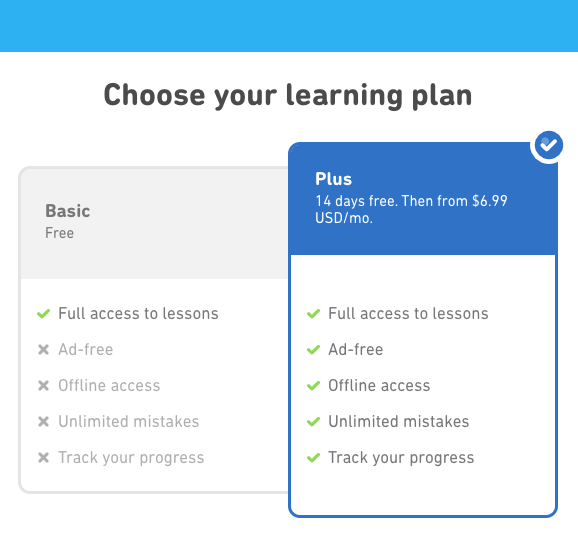Have you ever visited a Costco Warehouse? If so, you’re probably familiar with their free samples. And if you’re not, and there’s a Costco nearby, I recommend you check them out. Customers love Costco’s free samples, so much so that the brand is inseparably linked to their samples policy.
These sample booths are dotted all over the store. But why does Costco give up so many square feet to free sample booths when that space could be used to sell products instead?
It’s because companies know that sampling can drive a host of benefits — from creating new customer habits to driving sales. A study of grocery store samples showed they drove product sales by as much as 2,000%. The graph below demonstrates how free samples can affect cosmetics, alcohol, and food products:

Source: Interactions via The Atlantic
It’s clear that sampling drives sales, but why? It’s down to a few behavioral science and psychological principles like Reciprocity, the Power of Free, and Salience Bias.
What is Reciprocity?
Reciprocity is the social norm of responding to a positive action with another positive action. It’s why you feel indebted when someone does you a favor. Made famous by Robert Cialdini in his book Influence: The Psychology of Persuasion, Reciprocity can be summed by the saying, “You‘ve got to give to get.”
Once customers are given a nibble of a cookie or a taste of some wine, they’re more likely to buy the item because they instinctively need to return the favor of getting a small, free sample.
🚀 Learn what makes buyers tick
Join 8k+ of world's best marketers from brands like Disney, Coca-Cola, Google who are learning marketing psychology in <5 mins a week.
What is the Power of Free?
The Power of Free is a principle that describes how much more appealing the word “free” is versus a low price. To discover exactly what is so appealing about free, Professor Dan Ariely set up a candy stand in his university’s student center. His team decided to compare a low price to a price of zero and then observe what would happen. As Ariely described it:
“[Free] only [has] an upside. It creates an emotional reaction. It makes us value [the offer] more.”
Some days, the team priced candy at one cent per piece. Other days, they offered students a piece of candy for free. When the candies were priced at one cent, only 58 students stopped to buy one. But when the candies were free, 207 students stopped by — an increase of 112%.
Clearly, “free” has a huge impact on getting customers to browse and ultimately buy. Just like free candy, free samples have the power to drive trial, sales and change customer buying habits.
What is Salience Bias?
Salience describes how prominent or emotionally striking something is. If an element seems to jump out from its environment, it’s salient. If it blends into the background and takes a while to find, it’s not. Salience Bias states that the brain prefers to pay attention to salient elements of an experience.
When a store offers free samples, they usually stock it nearby so it’s easy for customers to buy the product. Professor Ariely described how samples can drive salience, which in turn can drive sales:
“What samples do is they give you a particular desire for something.
If I gave you a tiny bit of chocolate, all of a sudden it would remind you about the exact taste of chocolate and would increase your craving.”
Free samples of food and drinks put a product’s taste top of mind, motivating customers to buy the product because there’s a direct line between pleasure and product.
3 Real World Examples of Sampling (Beyond Food)
Although grocery, makeup, alcohol, and food retailers have been using samples for decades, digital brands can use sampling to drive sales as well. For example, Amazon, Warby Parker, and Duolingo use forms of free trials and “sampling.”
1. Amazon Prime: Free Trial

Source: Amazon
Amazon Prime offers a free sample of their product, in this case highlighting the entertainment benefits of becoming a member. Free trials allow customers to make sure the product is for them before paying for it, and become more likely to buy.
2. Warby Parker: Home Try-On

Source: Warby Parker
American optical brand Warby Parker was one of the first to operate with a direct-to-consumer model. An important component of their experience was allowing customers to order five frames to try-on at home.
In a category that, at the time, was fairly new to eCommerce, free trials allowed Warby Parker to overcome one of their biggest customer pain points — “What if I pay for these glasses and they don’t look good when I finally get them on my face?”
3. Duolingo: Freemium

Source: Duolingo
Another form of free sampling is the freemium model, where customers can use a free, but limited, version of a product and can pay for the “full” version. Duolingo, a language learning app, uses this model to perfection.
Duolingo’s Basic plan acts as a type of free sample for its users, who can then choose to upgrade if they want extra convenience features such as an add-free experience.
3 of the Most Unique Sampling Programs in History
Samples don't have to be boring. Just check out these fascinating spins on the traditional sample booth:
- The Pepsi Challenge: In the 1980s, Coke and Pepsi were at war - and Pepsi was winning. Due in no small part to the Pepsi Challenge and the commercials that supported it.
- Everyone - and we mean everyone - gets a sample: In 1953 the Lever Brothers distributed free samples of its new Surf detergent to 4 out of 5 households in the United States. You might not know the Lever Brothers by name, but you definitely know the company they founded - Unilever.
- Airborne Candy Bars: To celebrate the launch of its new candy bar, the Baby Ruth, the Curtiss company threw free candy bars from an airplane over the city of Pittsburgh, Pennsylvania in 1924. Luckily the candy bars had tiny parachutes attached so they drifted peacefully to the ground, avoiding a hailstorm of candy bars raining down on the Iron City at 200mph.
The Bottom Line
You might be wondering if free sampling could work for your business. If you’re considering trials or sampling, ask yourself:
The objective: Why do we want to offer free samples, trials, or freemium versions of our products? What is our ultimate objective?
The business case: Who is the perfect audience for our trial or sample? How many customers or users can we afford to share these with? Could scarcity of samples help us sell more products in the end?
How to measure success: How will we measure success when using free trials, samples, and freemium models? Are we considering long-term brand impacts as well as short-term sales boosts?
Here’s some more specific advice depending on what you’re trying to sell:
Selling digital media subscriptions? Offering fewer free articles and putting most of your posts behind a paywall can decrease traffic and ad revenue, but increase overall subscriptions. Check out how the New York Times found a net benefit in giving users free articles.
Selling online? If you’re going to offer free samples through e-commerce, make sure you follow through - or risk destroying trust in your brand. [Source]
Selling consulting services? Offer most of your online writing for free, including whitepapers and research studies. This makes it easier for potential clients to see how you think and approach a problem.
Selling a course? Offer a free lesson to increase product sales or a free course to increase overall sales on the platform. [Source]
